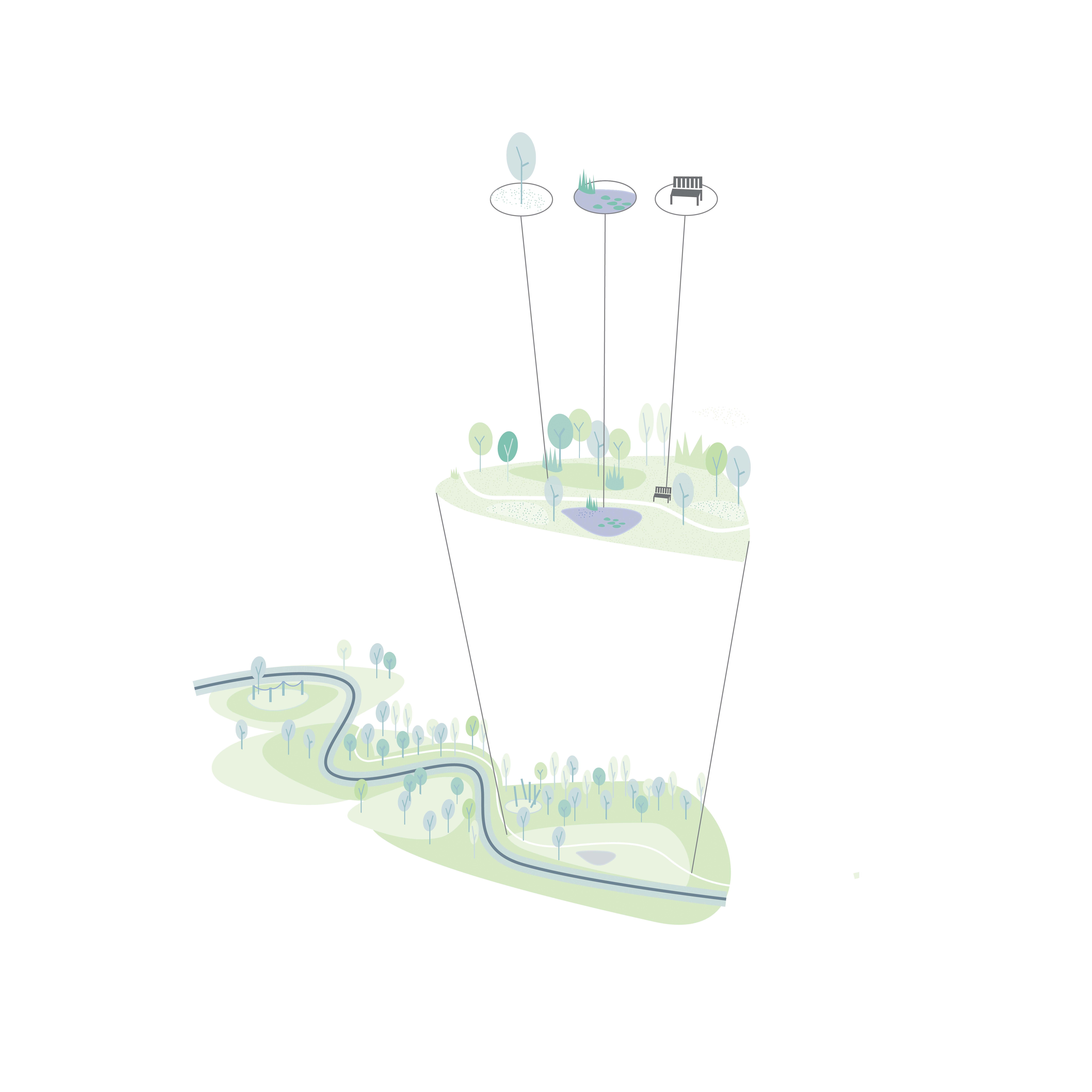The fact that green-blue spaces and networks play a very important role in spatial and urban planning is by no means a new fact. The design and integration of these structures has been an important part of quality and sustainable urban development concepts for centuries. The challenges around climate adaptation and health further emphasize the importance of making green-blue spaces accessible and impactful for all residents. However, naming the components, properties and good practice in the planning and management of healthy green-blue spaces is uncharted territory.
To achieve this goal, a clear conceptual framework was first developed defining what types of green and blue spaces exist in Flanders and what components and characteristics the types may consist of. Through extensive review of the scientific literature, the researchers determined what health benefits are associated with these types, components and characteristics. Moreover, the team investigated what possible negative health effects are associated with green-blue spaces and what synergies there are with climate adaptation, among other things.
The results of the research are translated and illustrated in an appealing handbook. The handbook proposes some basic principles that indicate the ways in which green-blue spaces improve the health of the population and how this can be acted upon through type spaces and components. Here, much attention is always paid to preconditions such as climate robustness, fair and safe access for all users, and the creation of a healthy ecosystem. In addition, the handbook also provides some inspiring strategic interventions that can generate major health gains. Finally, the handbook presents a concrete analysis framework and some guidelines that local governments can apply directly in their practice.
The handbook is online available.







